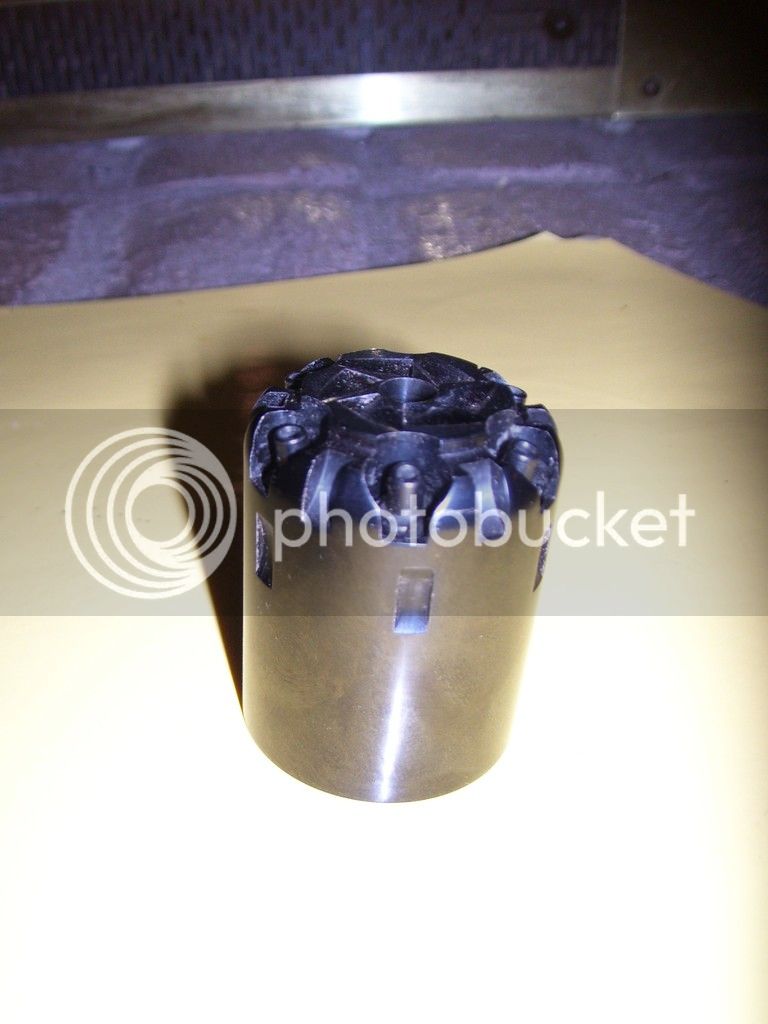pinemarten
40 Cal.
- Joined
- Nov 16, 2015
- Messages
- 175
- Reaction score
- 4
Hello,
If this has been covered before I apologize, missed it in my search...but, I own a beautiful Pietta 1858 with an extra cylinder. I would like to keep it as an extra defense gun (own it so why not keep it ready for emergency use...). I could easily fit the 2 cylinders in the box with my other handgun. Any unacceptable safety issues with keeping loaded and capped cylinders in that box under my bed? How about carrying extra cylinders with caps on out in the field? I deer hunt with my longbow on a 2 1/2 mile hike to my brush blinds out in the U.P. michigan. I walk out after dark. Got wolf tracks in mine often as they hunt in the same area. I am thinking about carrying the .44 with extra cylinder. I enjoy carrying it around...though she is rather heavy.
Any thougths or redirections to older posts I might of missed?
Daniel
If this has been covered before I apologize, missed it in my search...but, I own a beautiful Pietta 1858 with an extra cylinder. I would like to keep it as an extra defense gun (own it so why not keep it ready for emergency use...). I could easily fit the 2 cylinders in the box with my other handgun. Any unacceptable safety issues with keeping loaded and capped cylinders in that box under my bed? How about carrying extra cylinders with caps on out in the field? I deer hunt with my longbow on a 2 1/2 mile hike to my brush blinds out in the U.P. michigan. I walk out after dark. Got wolf tracks in mine often as they hunt in the same area. I am thinking about carrying the .44 with extra cylinder. I enjoy carrying it around...though she is rather heavy.
Any thougths or redirections to older posts I might of missed?
Daniel









